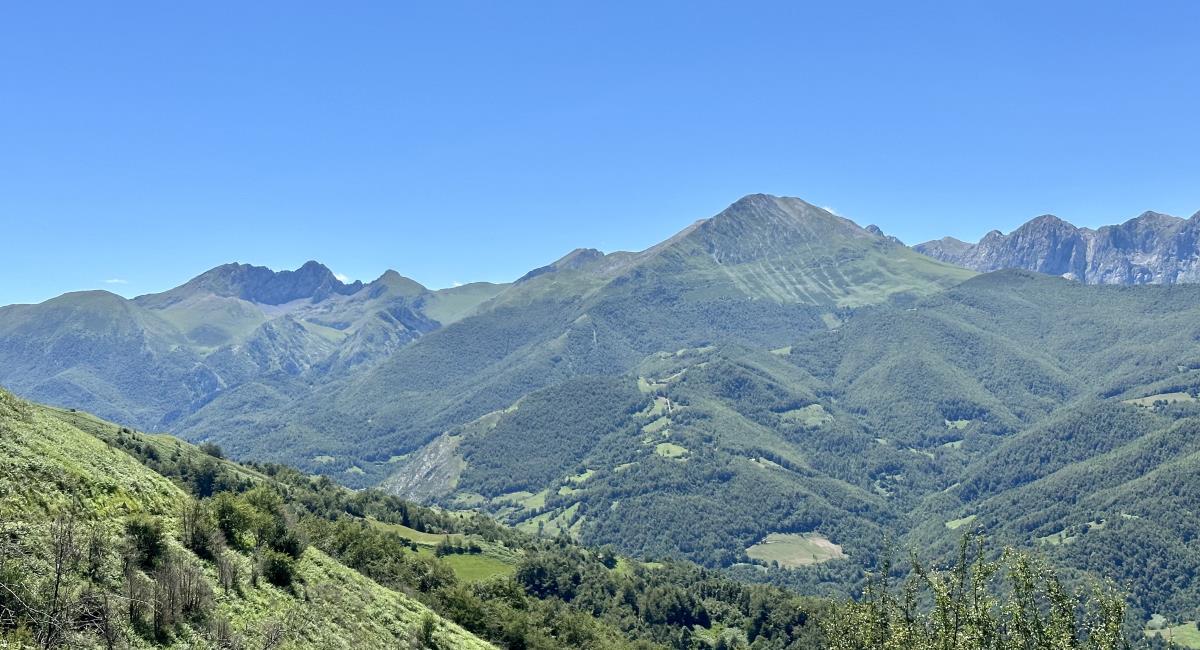Quirós Council
Quirós is a remote place in the center of the Cantabrian Mountains, away from noise and urban stress, despite the fact that only 30 kilometers separate this council, the heart of the Las Ubiñas - La Mesa Natural Park, from the capital of Asturias through a good road network.
Quirós is structured in its northern half by a large valley around the main river that runs through it, the Quirós River, and to the south it is divided into two other valleys around its two main tributaries: the Lindes River and the Ricabo River. All this embedded in a broken and beautiful landscape composed of important mountains:
To the north the Sierra de Tene,
To the south, the Ubiña massif,
To the east the Sierra del Aramo,
To the west, the Sobia massif and the Sierra del Gorrión.
In addition to the striking natural environment, Quirós stands out for the traditional architecture of its houses, with granaries, mills, laundries, etc., which have survived since time immemorial, as well as the great ethnographic wealth of its towns that has kept many of its local traditions alive until our days, knowing how to preserve its characteristic crafts, gastronomy and folklore.
The capital of Quirós, Bárzana, is located in the center of the council, and has all the usual services of the towns of Asturias: health center, pharmacy, tourist information, bank, mechanical workshop, food stores, bars and restaurants, swimming pools. summer, library, telecentre with Internet connection, etc.
Barzana
The council's cultural, sports and leisure facilities are concentrated in the El Felgueru neighborhood. The chapel of San José, on the other side of the Quirós river, is of great artistic interest.
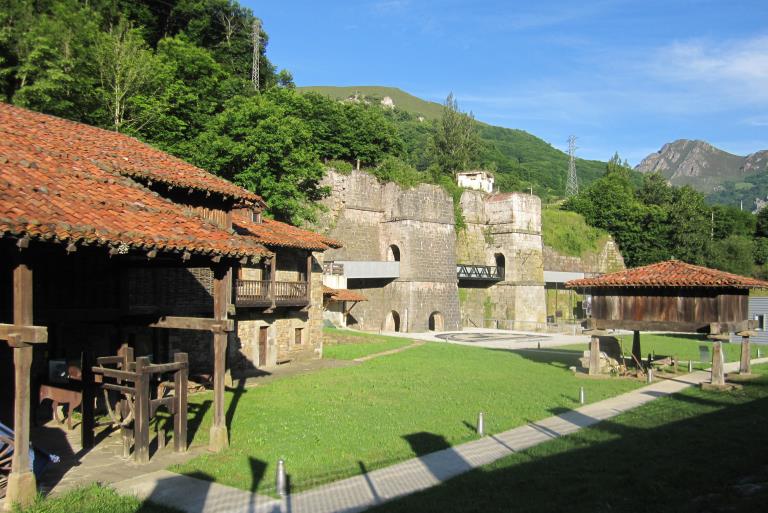
Ethnographic Museum
Region: Excellent collection of elements of ethnological interest that were part of traditional Quirosan life.
Hours: Wednesday to Sunday from 11:30 a.m. to 1:30 p.m. and 4:00 p.m. to 6:00 p.m.
Carretera General, s/n - 33117 Bárzana. Quirós.
Telephone: 985 76 80 96.
Email: museoquiros@yahoo.es

Bermigo
Town with a rich ethnographic heritage (32 granaries and bread bins, fountains, mills, etc.), as well as two important natural monuments: the Teixu (the oldest yew tree in Europe with a trunk of almost seven meters in perimeter) and the Rebollu (centennial oak thirteen meters high).
Corroriu Mills and Alba Castle
Set of three rehabilitated water mills and ruins of an old fortress that belonged to the Asturian kings, near the town of Faedo.
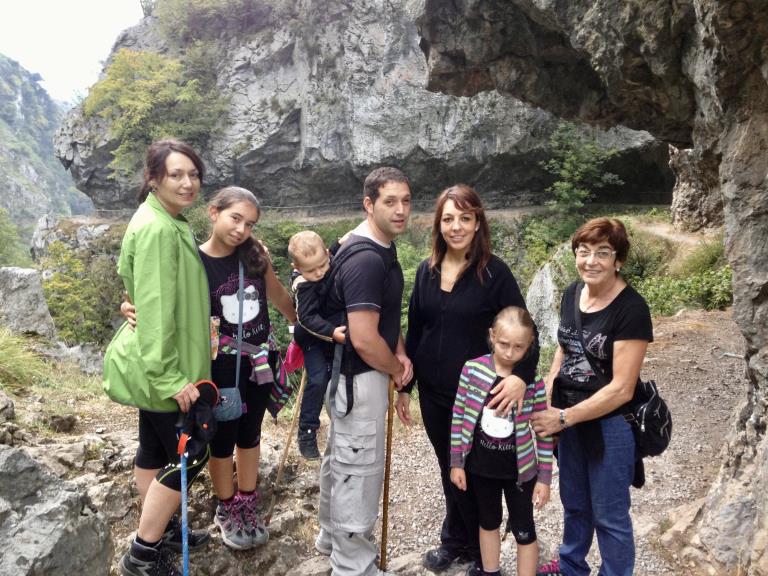
Xanas Gorge
Itinerary of impressive attractive landscape that follows the course of the stream of Las Xanas.
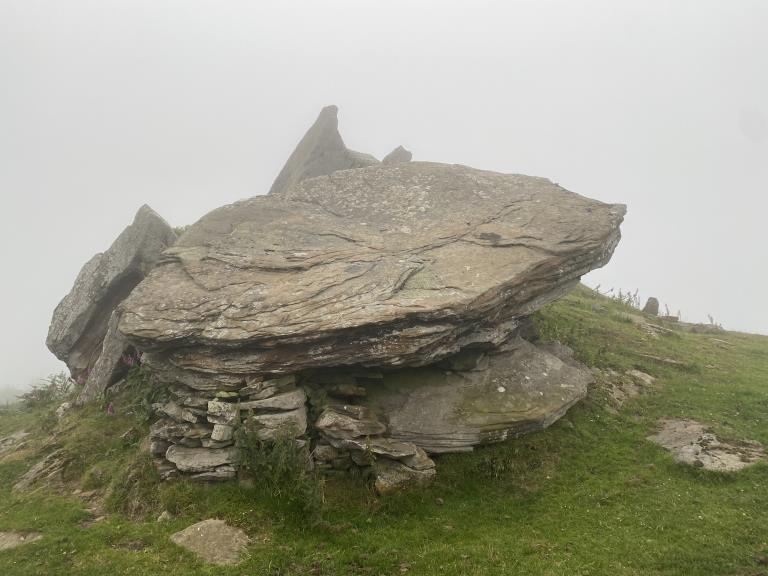
The Coverage
Megalithic area: extensive megalithic complex in which, among others, two large dolmens and a necropolis considered the most important in Asturias stand out.
Llanuces
One of the oldest towns in the council, in which it is worth noting the Palacio de los Miranda and the church of Santa María, dating from 1549.
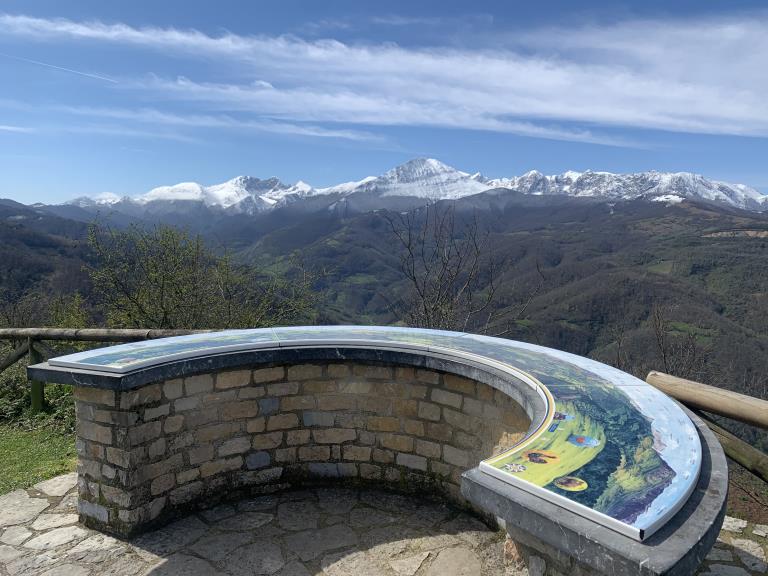
Cienfuegos
The parish church of Cienfuegos dating from the 15th century and inside which stands out an interesting 18th century altarpiece and the font where San Melchor de Cortes was baptized.
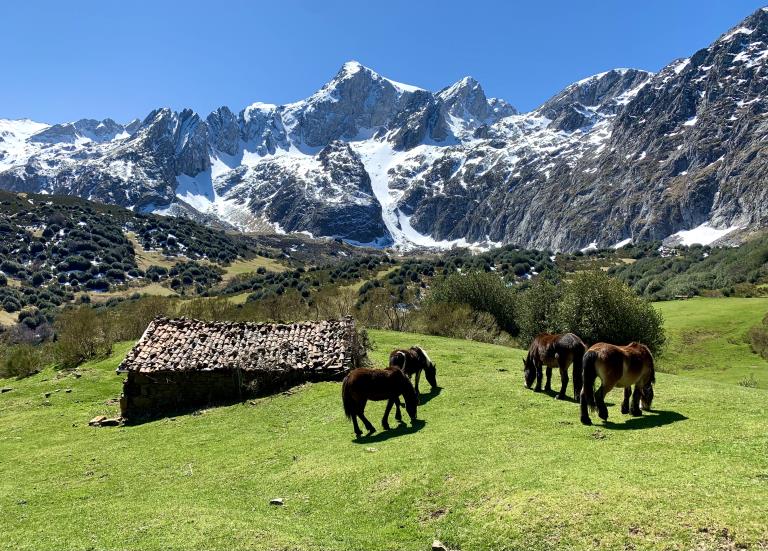
Quirós council data
Capital:
barzana.
Population:
1,500 inhabitants.
Extension:
209 km².
Council limits:
To the north with the councils of Santo Adriano and Morcín; to the east with the councils of Riosa and Lena; to the south with the province of León; to the west: with the councils of Teverga and Proaza.
Population centers:
40.
Main populations:
Aciera, Arrojo, Bárzana, Bermiego, Casares, Cienfuegos, Cortes, Coañana, Faedo, Las Agüeras, Llanuces, Pedroveya, Ricabo, Salcedo, Tene, Torienzo, Villagime, Villamarcel.
Minimum altitude:
Valdemurio Reservoir (300 m).
maximum altitude:
Pico Fontán (2,417 m).
Main peaks:
In addition to Fontán, El Fariñentu (2,176 m), Peña Rueda (2,155 m), El Ranchón (2,151 m), El Pachón (2,108 m) and El Tambarón (2,024 m) also stand out.
Main rivers:
The Quirós (called Trubia after leaving the council), and its two main tributaries: the Ricabo and the Lindes.
Geology:
Predominance of limestone with abundant karstic formations and with the presence of slates and sandstones.
Typical flora:
Chestnut, oak, birch, ash, holly, hazel, beech and yew. In Bermiego there is an oak tree and a yew tree declared a natural monument: El Rebollón and Teixu l'Iglesia.
Typical fauna:
Bear, wolf, fox, badger, genet, otter, squirrel, wild boar, chamois, roe deer, eagle, vulture, trout and capercaillie.
Economic resources:
Livestock, agri-food crafts and tourism.
Climate:
Mild temperatures with the characteristics of the Atlantic climate.
Indicator signs in Bárzana
CITY COUNCIL OF QUIRÓS:
General Highway, nº 1 - 33117 Bárzana. Telephones: 985768160 and 985768071. Fax: 985 76 81 45. Web: www.quiros.es. Email: info@quiros.es. Hours: Monday to Friday from 08:00 to 15:00.
QUIRÓS TOURIST OFFICE:
Carretera General, s/n - 33117 Bárzana. Hours: Tuesday to Sunday from 11:00 a.m. to 2:00 p.m. and 5:00 p.m. to 8:00 p.m. Summer season: July, August and September.

